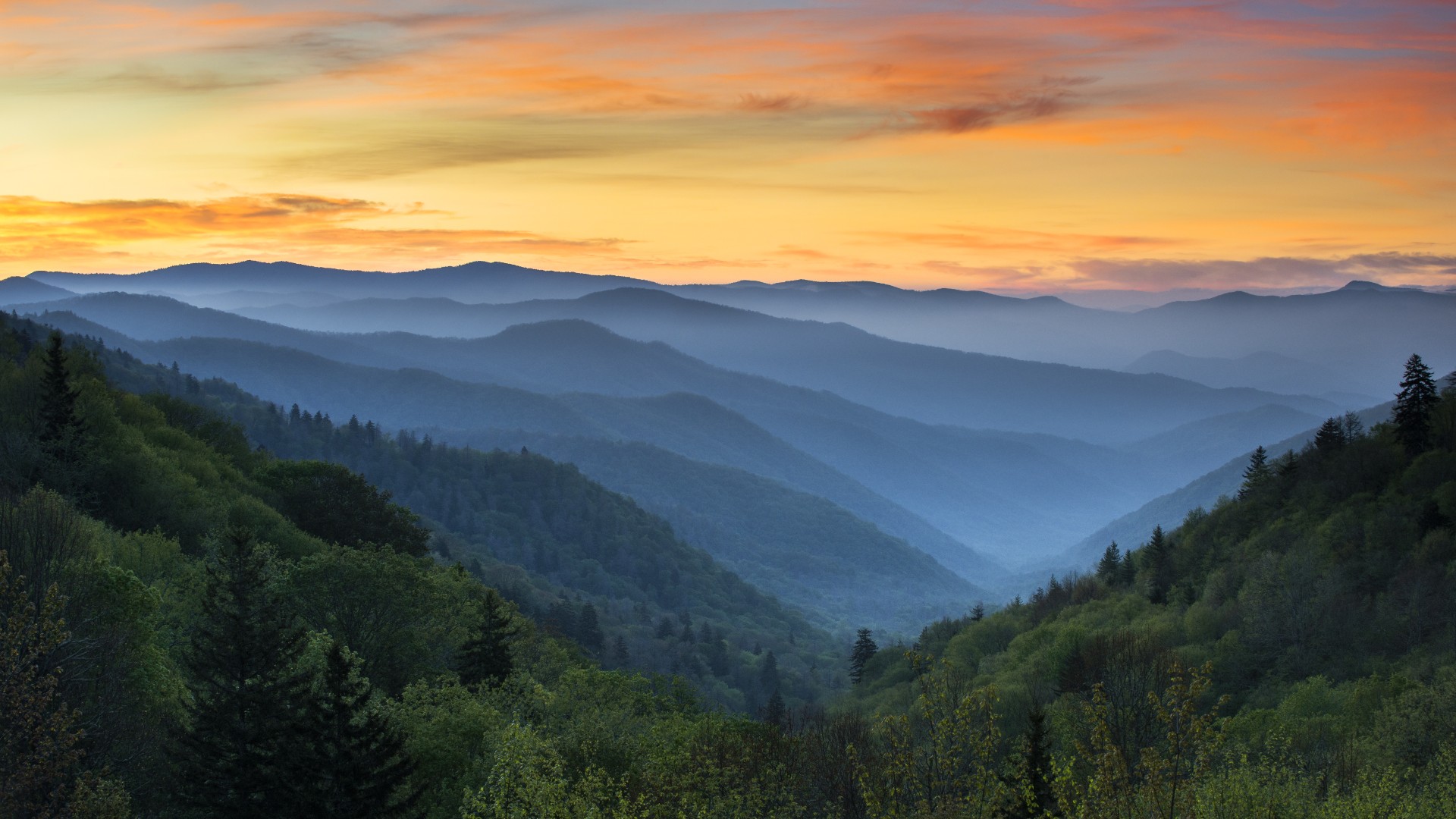
What's the oldest mountain range in the world? (How about the youngest?)
Not all mountain ranges are ancient, geologically speaking.

Mountains may look ancient — but some are mere toddlers, while others are great-grandaddies, geologically speaking. So, what is the oldest mountain range? And what about the youngest?
In general, tall mountain ranges, such as the Himalayas, tend to be young, whereas ranges with shorter peaks from millennia of erosion, like the Appalachians, are often older, according to the American Museum of Natural History in New York City. But due to Earth's ever-changing topography, this superlative is hard to assign — and it demands an understanding of how these peaks rise and fall over time.
Today's landscapes feature actively growing and dormant mountain ranges subjected to billions of years of transformations. That's why pinpointing an age for these peaks gets tricky, said Jim Van Orman, a geochemist at Case Western Reserve University in Ohio.
Related: Is Mount Everest really the tallest mountain on Earth?
Most mountain ranges form due to tectonic plates, the giant, puzzle-like slabs that glide over Earth's mantle. As different tectonic plates interact over millions of years, entire mountain ranges can surge skyward.
There are two main types of tectonic boundaries. At convergent boundaries, tectonic plates collide. The impact often causes the less-dense plate to subduct, or go under and into the underlying mantle beneath the other plate. That sinking crust can lift the land above and result in massive mountain ranges, like the Himalayas that house Mount Everest, Van Orman said. Divergent boundaries, on the other hand, occur where tectonic plates separate. As the plates pull away from each other, the crust stretches thin like taffy. Hot magma rises to fill the created gaps, forging mountains and valleys like those in the Basin and Range Province in the western U.S. and northwestern Mexico.
There's a lot of nuance when it comes to dating mountain ranges. Take the Appalachian Mountains, for example.
The range began rising from a convergent boundary around 470 million years ago and grew even taller starting about 270 million years ago, when the continents that eventually became North America and Africa collided, according to the U.S Geological Survey. Throughout the following millions of years, erosion decimated its original altitude. The mountains we know today are thanks to a later uplift that rejuvenated their elevations. This rise and fall of heights — a trademark characteristic of mountains — make it difficult and subjective to label a range's actual age.
Sign up for the Live Science daily newsletter now
Get the world’s most fascinating discoveries delivered straight to your inbox.
The Appalachians have "a complicated history," Van Orman told Live Science. "There's the age of the original rocks, but it wasn't a mountain range when it was planed off [or eroded] for a large part of its history. So, how old is it, really?"
While tracing a range's timeline is tricky, geologists do have tools to measure the age of mountains' compositions depending on the type of rock. As igneous and metamorphic rocks form, they generate minerals and radioactive isotopes, or variations of elements that have differing numbers of neutrons in their nuclei, that can be dated. For sedimentary rocks, researchers use clues trapped in the rock layers, such as fossils or volcanic ash, to gauge the rocks' life spans. Eroded mountainous sediments that end up in nearby basins can also be traced back to their peak of origin and dated appropriately, Van Orman said.
From these measurements, geologists can attribute a spectrum of relative ages for some of Earth's mountainous topography. On the older side, the Makhonjwa Mountains in southern Africa, which are just 2,000 to 5,900 feet (600 to 1,800 meters) tall, contain 3.6 billion-year-old rocks, according to NASA's Earth Observatory. Other ancient slabs that make up the cores of continents, called "cratons," may have once been part of mountain ranges and can be found in Greenland, Canada, Australia and beyond.
Other mountain ranges date to more recent geologic history; for example, those in the Basin and Range Province, such as Snake Range, began to appear around 30 million years ago. Individual volcanic mountains have sprouted within the past million years — some even within the past century, like the volcano Parícutin, which unexpectedly arose from a cornfield during an eruption in 1943, according to the Smithsonian National Museum of Natural History.
Geologists are still researching when and how Earth's various mountain ranges formed. Exploring these elusive timelines could impart insights about past global climate and biodiversity, as these enormous peaks influence air circulation and genetic exchange.
"It helps reconstruct the whole history of Earth," Van Orman said. "Going back deep in time, the only real evidence we have for [plate movement] is looking at these old mountain belts."
Originally published on Live Science.

Brittney J. Miller is a contributing writer for Live Science who loves writing about the natural world around her. After majoring in biology and journalism at the University of Florida, she moved across the country to enroll in the UC Santa Cruz Science Communication Program. In pursuit of her master's degree, she's grateful to be a 2021-22 CASW Taylor/Blakeslee Fellow, ARCS Foundation Scholar and OWAA Bodie McDowall Scholar. So far, her work has appeared in the Associated Press, the U.S. News & World Report, Mongabay, Eos and Bay Nature.









